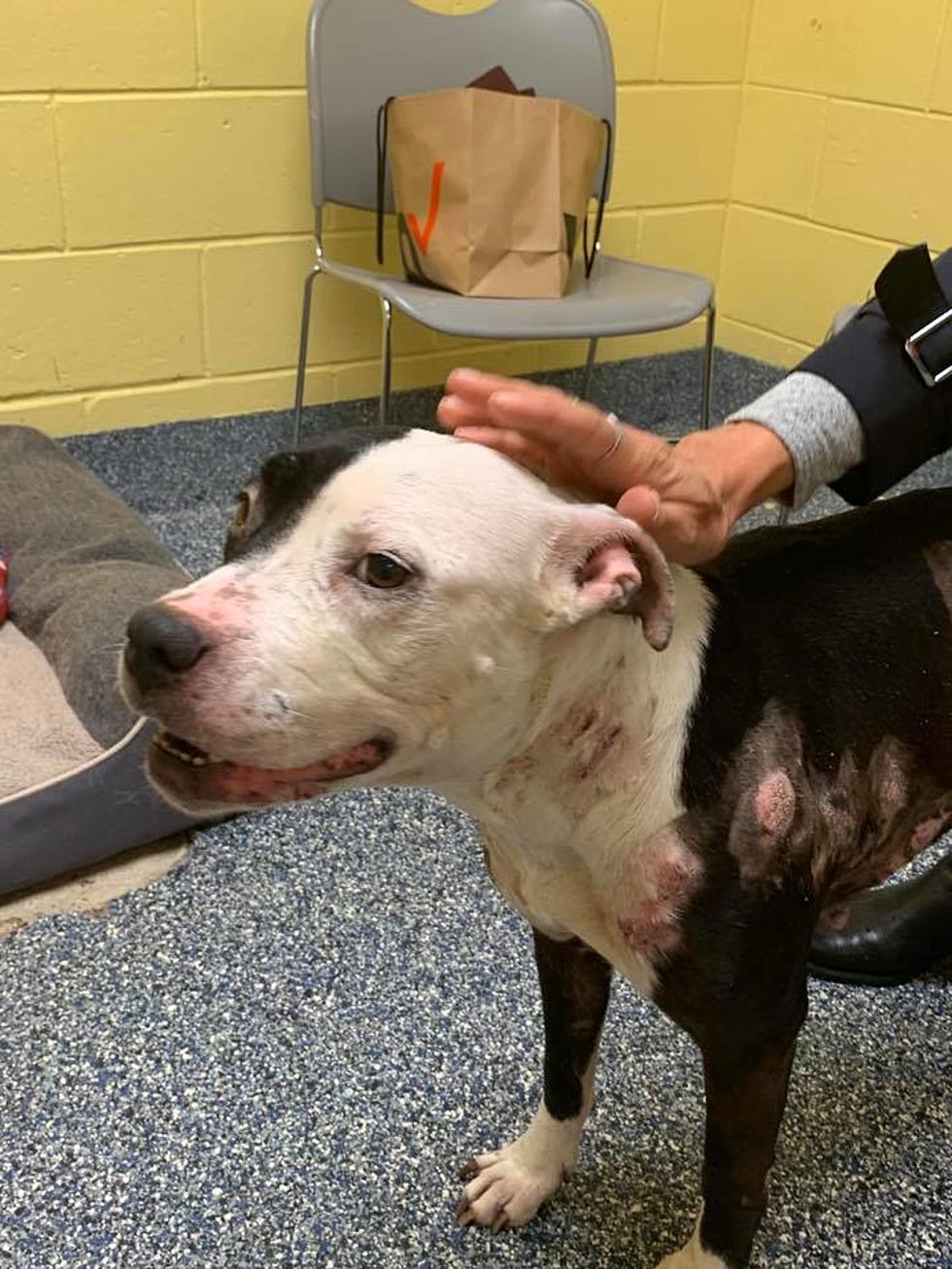
Dog Bites Caused By Misread Cues From Humans Says Canine Expert
A ten-month-old Lakewood girl remains in the hospital in serious condition after being bitten by a dog. However a canine behavior expert believes many bites can be prevented simply by being more aware of the animal’s triggers.The infant, who remains at Jersey Shore University Medical Center, was bitten Saturday in a home at Central Avenue while her family was house sitting for a relative. Police say the dog was a house pet and “large”, possibly between forty and seventy pounds.
While there is speculation on how the attack occurred, with NJ.com stating “the infant appears to have gotten too close to the dog while it was being fed," canine behavior and biting expert and owner of Canine Companions Training, Robert Brandau, explains even normally calm dogs can have moments of aggression and people need to watch for the warning signs.
In fact, Brandau notes most of the bites he sees are from peoples own dog or from the canine of a friend or relative.
“People ask why did the dog bite? It seemingly happened out of nowhere. Well the truth most likely it didn’t happen out of nowhere, if an expert was present and looking at the body signals the dog gives off then they would have seen something to show the dog was uncomfortable with the situation.”
A common situation that Brandau presents is a very young child playing with a dog who it’s not familiar with and taking something like food or a favorite object (bone, toy, etc).
‘It’s defending it’s object or protecting its object, giving warning signals to the baby, back off get away. Of course the baby doesn’t understand these things and proceeds and the dog bites.”
Warning signals include lying stiff with the head turned and the eyes looking sideways, dilated eyes, a crouching stance, or raised or puffed out hair on the back of their necks or body. Additionally the ears are a good indicator.
“We call them ‘worry ears’ if the dog pulls one ear forward and is laying the other ear backwards or on the side.”
Brandau says 70 percent of the bites he sees are to the face or hands, signalizing not dogs going to attack people but rather humans going in to a pet a dog they shouldn’t.
Historically the “pitbull” breeds have been the target during biting incidents, however Brandau warns a dog’s breed does not necessarily determine its character.
“I know wonderful individuals in every breed of dogs and I know dangerous individuals in every breed of dog from Chihuahua to Great Dane.”
He says larger dogs, such as pit bulls, are often targeted because their size makes any incident significantly more dangerous than with a small dog.
“If we have an aggressive incident with a Chihuahua it’s probably not going to have a serious of an injury if you have an aggressive incident with a Rottweiler.”
Noting at the end of the day human interaction has everything to do with it. Adding he would always make sure to socialize a young child with an animal and make sure the animal shows no signs of duress.
More From 92.7 WOBM


![Southern Ocean Medical Staff Gets National Attention [VIDEO]](http://townsquare.media/site/394/files/2016/12/200158780-001.jpg?w=980&q=75)






